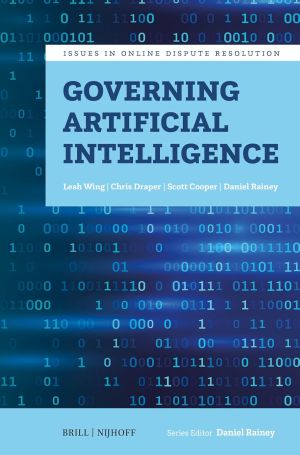
As we face the profound and rapidly expanding impacts of artificial intelligence, ethical and practical questions arise for harnessing it effectively while preventing its worst externalities. Governing Al examines the two main avenues for providing guidance to AI developers and users: regulation/legislation and international and professional standards. Along with an overview of both pathways, an in-depth case study is provided and key questions are raised and suggestions offered. Ultimately, the argument is made that neither regulation/legislation, nor standards alone can effectively govern Al development and use; rather, coordination among government entities, international standards organizations, and international professional standards will be the most effective approach to governance.